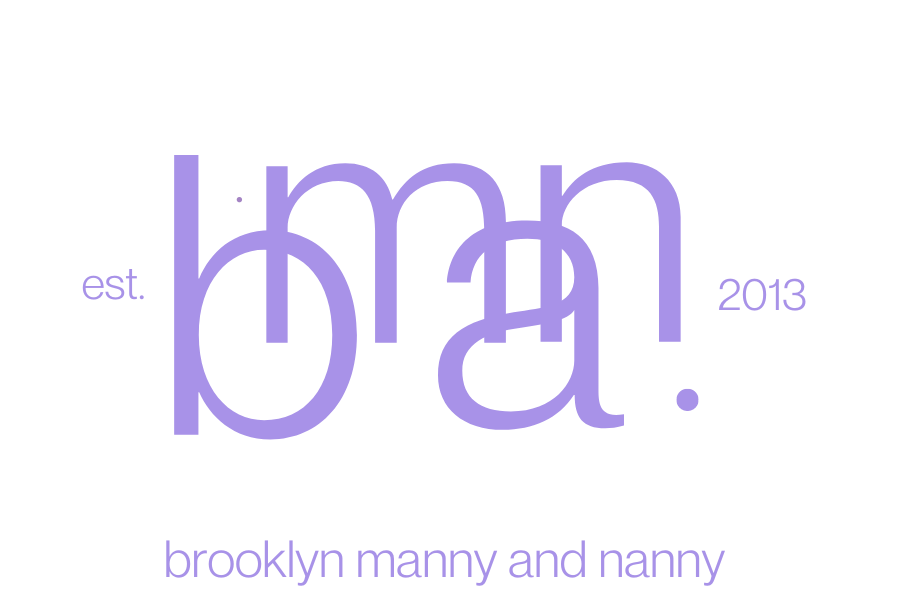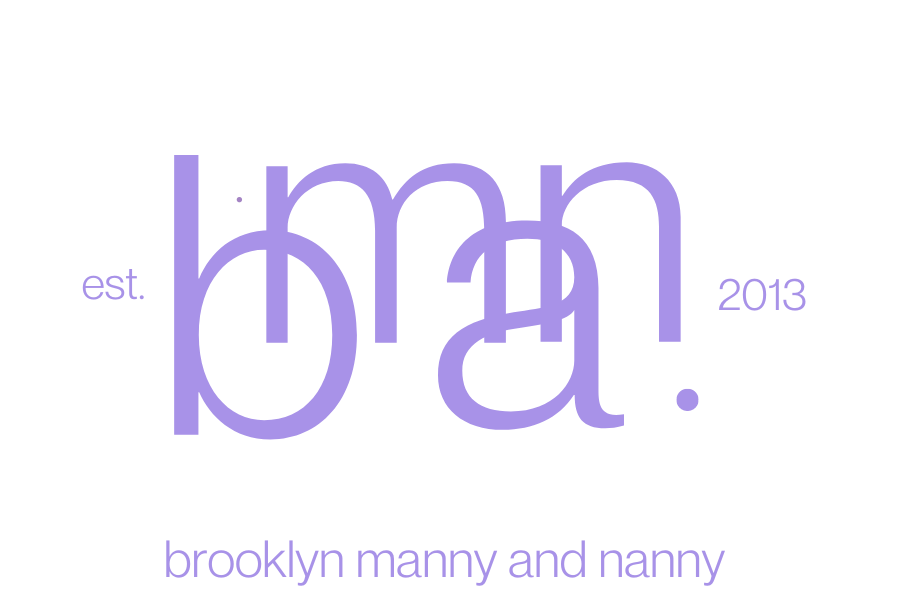Nannies, PDA, and the Power of Words
A Nanny’s Guide to Declarative Language in Childcare
Pathological Demand Avoidance (PDA) is a behavior profile within the autism spectrum that is characterized by an overwhelming need to avoid everyday demands and expectations to an extreme extent. Although PDA is not formally recognized in the United States, it is gaining popularity and significant recognition, particularly in countries like the United Kingdom where it is acknowledged as a profile within the autism spectrum. This avoidance is rooted not in willful disobedience but in a deep-seated anxiety and need for control over one's environment. Children and teenagers with PDA face daily challenges that can make traditional methods of parenting and childcare ineffective and even counterproductive. However, understanding and adopting specific communication strategies, such as the use of declarative language, can significantly reduce the anxiety response in these individuals, fostering a more positive and supportive environment. The techniques used to ease anxiety, particularly through the use of declarative language, are not only effective in navigating challenging behaviors associated with PDA but also serve as a valuable tool in building connections with any child or individual. This is because these methods are inherently less demanding, fostering a sense of ease and cooperation rather than confrontation.
Understanding Pathological Demand Avoidance
PDA is a complex and less widely recognized condition that can manifest in behaviors such as resisting and avoiding ordinary demands, using social strategies as part of their avoidance (e.g., distraction, giving excuses), and experiencing excessive mood swings and impulsivity. These behaviors are primarily driven by the individual's acute anxiety and need for autonomy. Recognizing the signs of PDA and understanding its root causes is the first step in creating effective support strategies.
The Role of a Nanny in Supporting a Child with PDA
Nannies play a crucial role in the lives of children with PDA. Beyond the basic responsibilities of childcare, nannies can adopt specialized approaches that cater to the unique needs of these children. One of the most effective strategies involves the use of declarative language—a communication style that focuses on sharing information and feelings rather than issuing direct commands or questions. This approach can help reduce the child's anxiety by minimizing perceived demands.
Implementing Declarative Language
Declarative language involves making statements that invite participation or response without directly demanding it. This technique can be incredibly effective for children with PDA, as it reduces the direct pressure they feel when asked to comply with demands. Here's how nannies can use declarative language in everyday situations:
1. Sharing Observations: Instead of commanding a child to join an activity, a nanny might say, "I'm going to draw a picture of a garden. I wonder what flowers I should include." This opens the door for the child to engage without feeling like they are being ordered to participate.
2. Expressing Feelings and Desires: Communicating personal feelings and desires can also encourage cooperation. For example, "I feel like reading a story. It would be nice to have someone listen." This approach indirectly invites the child to join without making it a direct request.
3. Providing Choices: Offering choices within declarative statements can empower children with PDA, giving them a sense of control. "We could play a game or read a book. I can't decide which one would be more fun." This not only reduces demand but also engages the child in decision-making.
4. Using Humor and Creativity: Incorporating humor and creativity into statements can also lessen the anxiety associated with demands. "Imagine if we could jump as high as the ceiling! What do you think we would see up there?" This playful approach can spark curiosity and motivate engagement in a non-threatening way.
Recognizing Burnout in Caregivers and Children
Burnout is a state of emotional, physical, and mental exhaustion caused by excessive and prolonged stress. It can manifest through a variety of signs, from chronic fatigue and irritability to detachment from responsibilities. In extreme cases, burnout can lead to severe health concerns, including the inability to perform basic self-care functions, such as feeding oneself. This level of impairment highlights the critical need for immediate intervention and support. Nannies are often the first point of contact for children experiencing burnout. That is why it is important to have tools to understand and aid in creating less stressful environments for children. When a caregiver suspects their charge is experiencing burnout, it is important to relay the information to their parents immediately.
Supporting a child with Pathological Demand Avoidance requires patience, understanding, and innovative communication strategies. For nannies, adopting the use of declarative language can be a game-changer, transforming potential conflict into opportunities for connection and understanding. By reducing the child's anxiety response to demands, nannies can foster a more positive, supportive, and enriching environment for the children in their care. Remember, the goal is not to eliminate challenges but to navigate them in a way that respects the child's needs and promotes their growth and well-being.
For more insights and resources on nurturing and supporting children with unique needs, visit Casey Ehrlich, Ph.D. At Peace Parents on TikTok .

